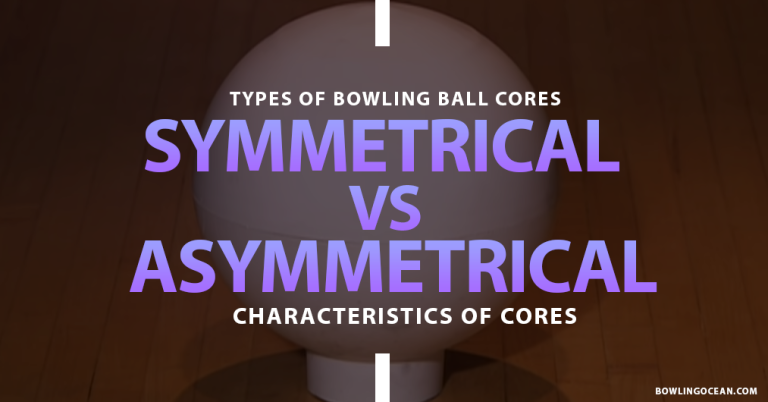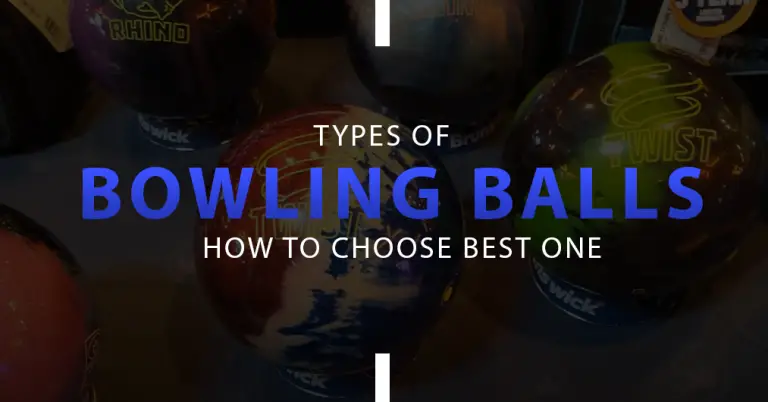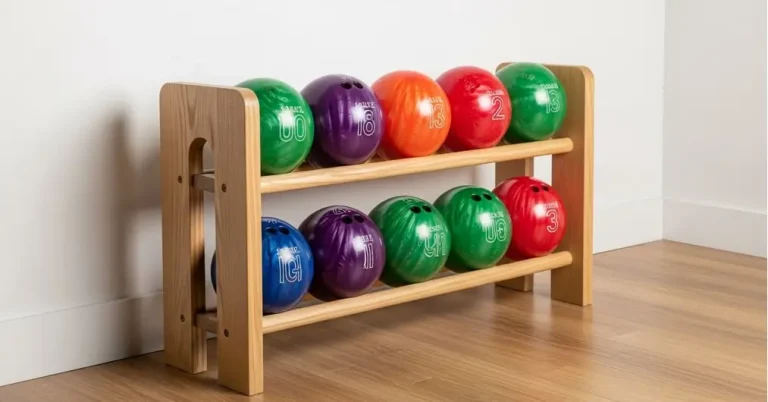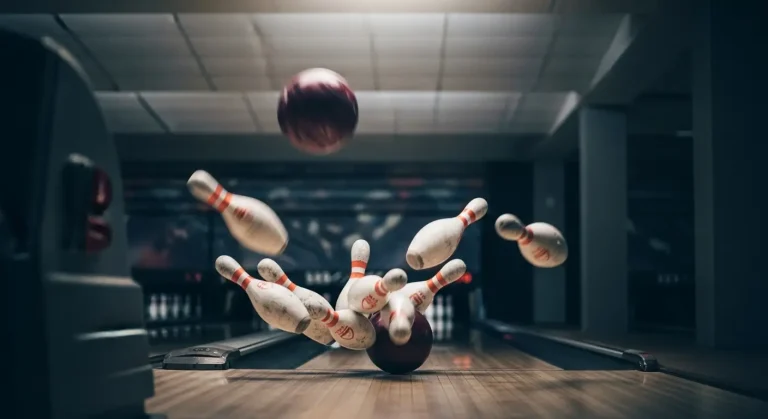Urethane Bowling Balls Vs. Reactive Resin | In-Depth Analysis
Going to a bowling alley with preparation can help you with a confidence boost. But wait, is it enough, the preparation? No, it isn’t; you need the right practice to feel the confidence within you. Well, attire being one thing and equipment the other. Choose the right equipment to enhance your bowling skills.
The bowling ball is the main equipment that will impact your skills, not the pins. There are three kinds of cover stocks for bowling ball plastic, Urethane and Reactive Resin. The most commonly used are urethane and reactive resins by most bowling ball players. The question is which urethane bowling balls vs. reactive resin is the best.
In this article, we will explore urethane and reactive resin balls, going through their morphology advantages, disadvantages, similarities and differences.
1. Urethane Bowling Balls
Urethane balls have been in the game for a long time since the 1970s as one of the pioneers and are yet used. They are made of polyurethane; when you touch them, it has a soft feel. The ball gives a predictable reaction on the lane during the smooth feel.
This predictable nature has made them the best choice for many bowling players. These balls especially work best for the players who are straight shooters and the bowlers with a slower ball speed.
Advantages of Urethane Balls
- Smooth Hook: The hook potential offered by urethane balls are gentle compared to the others, which means they can produce a controlled and steady arc toward the pins. This makes bowling balls ideal for dry conditions on the lanes for bowlers who need a consistent reaction.
- Spare Shooting: As they are predictable, urethane balls are often considered ideal for light shooting. These balls are suitable for shooting corner pins and tricky spares.
- Durability: Bowling balls with urethane coverstocks are more durable than reactive resin balls; they last longer. So, investing once in a urethane ball could go on for years compared to other options.
Disadvantages of Urethane Balls
- Limited Hook Potential: Although they have a smooth hook, the hook potential is limited. They usually need help to handle heavy oil patterns, leaving bowlers with reduced pin carry and hitting power.
- Lack of Heavy Oil Conditions: Due to their soft feel, they could be better for heavy oil lane conditions because they lack the strong backend reaction that reactive resin balls possess, which is necessary for severe oil conditions.
2. Reactive Resin Balls
The significant advancement in bowling ball technology came through the introduction of Reactive resin bowling balls in the 1990s. These balls have been labeled to revolutionize the game with enhanced friction-generating cover stocks and dynamic cores.
This ball is the choice of professional players because they offer more hook potential and angular rotation on the lanes. It makes it easier for skilled players to dominate the lanes for both candlepins vs ten-pin setups.
Advantages of Reactive Resin Bowling Balls
- Strong Hook Potential: Reactive resin balls are designed to hook more aggressively and vigorously against the lane’s friction to achieve the fastest bowling ball speed. The increased hook potential also allows the bowler to create an angle that hits the pin powerfully and carries great striking potential.
- Versatility: The reactive resin ball is designed to handle many lane conditions, from medium to heavy oil patterns. They can adapt their speed and rev rate according to the needs of the lanes.
- Improved Pin Carry: Due to their strong backend reaction, reactive resin balls yield a higher pin carry percentage than the other balls resulting in better strike percentages.
Disadvantages of Reactive Resin Bowling Balls
- Less Predictable: Where strong hook potential gives the edge to the player, it also works as a double edge sword because they are not much predictable. They might have high striking power but are less predictable than urethane balls, especially on drier lanes.
- Less Durable: The ball made up of reactive resin covers tends to wear and tear more rapidly than a urethane ball, which is a crucial disadvantage for money. So, the covers need more frequent maintenance or change.
Similarities and Differences: Urethane vs Reactive Resin
Now that you know both types of balls have their advantages and disadvantages, make it clear what can be best for your playing conditions. Let’s look at the similarities and differences between urethane and reactive resin ball.
| Urethane Bowling Balls | Reactive Resin Bowling Balls | |
| Similarities | Used in the sport of bowling | Both used for hook potential |
| Suitable for various lane conditions | Used by bowlers of all skill levels | |
| Require regular maintenance | Benefit from proper drilling | |
| Vary in weight options. | Offer versatile drilling options. | |
| It can be customized for individual bowlers | Provide enhanced pin carry | |
| Differences | Made of polyurethane material | Made of reactive resin material |
| The smooth and predictable reaction | Strong hook potential | |
| Limited hook potential | High hook potential | |
| Ideal for dry to medium oil lanes | Effective on medium to heavy oil lanes | |
| Reduced pin carry | Improved pin carry | |
| Long-lasting coverstock | Faster wear on coverstock | |
| Excellent control | Variable control | |
| Reliable for spare shooting | Less ideal for spares | |
| Preferred by straight shooters | Preferred by power players and hook bowlers |
Wrap Up
Wrapping the debate on urethane bowling ball vs. reactive resin, it is clear that both cover stocks have advantages and disadvantages. So, if you are looking for a ball that works better on dry lane conditions, then a urethane ball is your choice, but if you are a skilled player with control already and need something to cater to heavy oil patterns, then a reactive resin ball is your answer.
Share your opinion if this article helped you to find out which ball will enhance your bowling skill, then share your feedback below.
FAQs

Ashley Ellison is a skilled writer and avid bowler. Her passion for storytelling and dedication to the sport have led her to participate in various national bowling leagues. With a unique combination of talents, Ashley approaches every challenge with creativity and a relentless drive to succeed.






